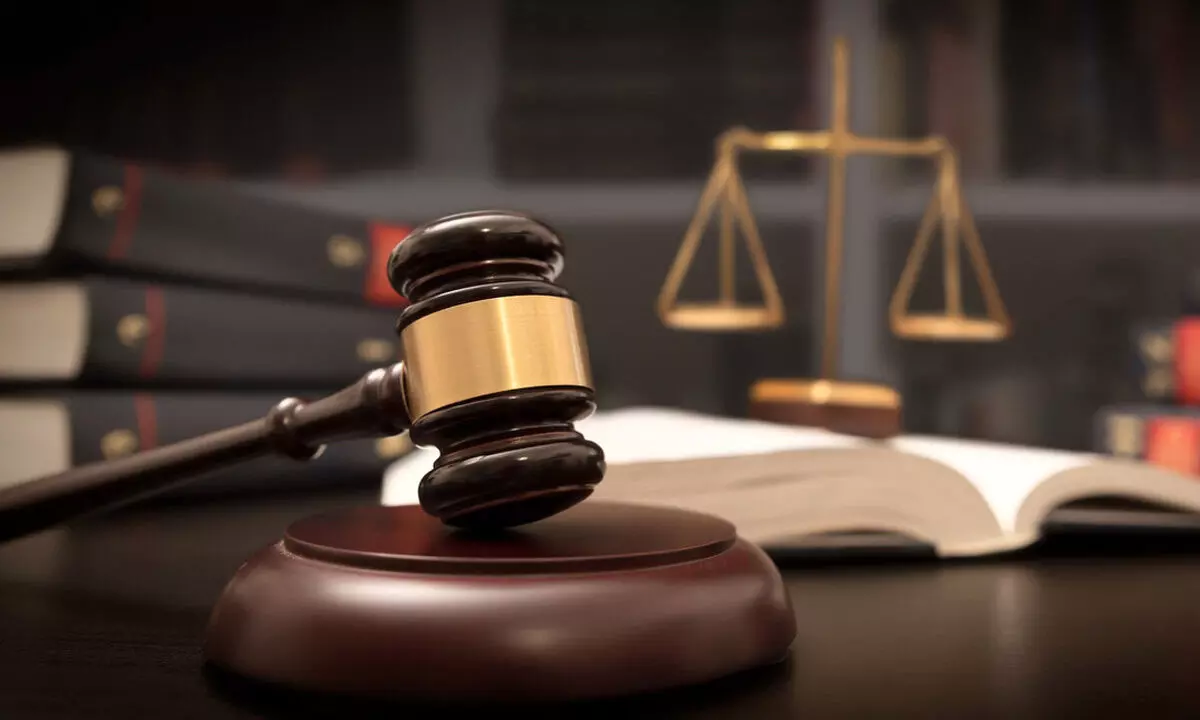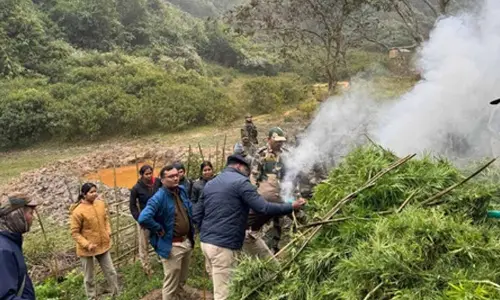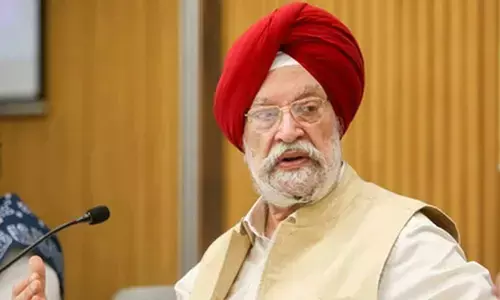Legal aid in India: Much is Done, But more is needed

A citizen of a nation is obligated to face justice when his or her personal conduct or commercial activities are deemed to be in opposition to domestic legislation or the rights of another individual.
A citizen of a nation is obligated to face justice when his or her personal conduct or commercial activities are deemed to be in opposition to domestic legislation or the rights of another individual. A citizen in such a circumstance will pursue justice through administrative and judicial institutions that administer justice. As stated in Article 14 of the Indian Constitution, “Within the territory of India, the State shall not deny equality before the law and equal protection of the laws to any person.” The notion and mechanisms for establishing Access to Justice or delivering legal aid to the impoverished originate from this article of the Indian Constitution.
According to Article 39A of the Constitution of India, it is the responsibility of the State to ensure that the functioning of the legal system advances justice on an equal opportunity basis. Specifically, the State is obligated to offer free legal aid to all citizens, irrespective of their economic or other disabilities, through the implementation of appropriate legislation, schemes, or other means.
Established under the Legal Services Authority Act of 1987, the National Legal Aid Service Authority (NALSA) endeavours to ensure that the letter and spirit of the Constitution are upheld and that the poor, disadvantaged, and weaker members of society have access to equal justice. NALSA operates at both the national and sub-national levels by means of institutional arrangements that are explicitly designated, with the aim of ensuring that justice is accessible and affordable for those in need.
NALSA obtains its jurisdiction not solely from the Legal Services Authority Act of 1987, but also from Articles 14 and 22(1), which mandate the State to guarantee equal treatment under the law and a legal system that advances justice by providing equal opportunities to all.
What is there at present?
At present, NALSA is engaged in various legal aid-related initiatives, including educating the public about their rights and promoting legal aid through institutional arrangements, organizing legal literacy camps, appointing paralegal volunteers, conducting Lok Adalats (including a permanent Lok Adalat to ensure prompt resolution), training and rostering mediators, and facilitating pre-litigation dispute resolution via alternative dispute resolution (ADR) methods.
Since its establishment, NALSA has reportedly organized over five lakh awareness-raising programs throughout the nation, according to the available data. The provision of legal services by national, state, and district authorities is complimentary for the impoverished, including women, the disabled, scheduled castes, and tribes. The India Justice Report 2022 states, “States’ expenditure on police and judiciary has kept pace with overall state expenditure. Prisons, the poor child of the neighbourhood, which had earlier seen a dip in allocations, saw an improvement in funds between 2020 and 2021. Legal aid too recently saw increased infusions from the Centre and state exchequers.” It is commendable that the government is placing emphasis on enhancing the availability of justice.
Since 2015, the government’s efforts to expand access to justice have become more apparent. An amendment to the Commercial Courts Act has rendered pre-institutional requirements obligatory. The committee led by Justice Sri Krishana suggested that arbitration be institutionalized in India as an alternative dispute resolution mechanism. In order to reduce the workload on courts and strengthen mediation institutions in India, the Government of India enacted the Mediation Act, 2023.
In an effort to popularize the notion of pro bono legal aid, the Ministry of Law, Government of India, has recently enlisted the assistance of law colleges and legal service providers in the formation of pro bono clubs.
More needs to be done
As depicted previously, the government endeavoured to establish a conducive atmosphere that would enable the provision of complimentary legal assistance to impoverished citizens, in compliance with constitutional obligations. Nevertheless, the reporters of India Justice Report, 2022 were unable to obscure the brutal realities surrounding legal aid in the nation.
Prison overcrowding experienced a notable increase, surging from 120% to 130%. An unprecedented 77 percent of the inmate population consists of pre-trial offenders, who spend an average of more time incarcerated than at any other time in history. Despite exerting considerable effort, legal aid systems could only reach a fraction of their prospective clientele. The alarming number of pending cases—nearly 5 crore (50 million)—below the staggering figure—is the distressing record of the escalating duration required to achieve a resolution.
The only courts that operate with an entire complement of justices, according to the report, are the High Court of Sikkim and the district courts in Chandigarh. Kerala was the only state among the eighteen large and medium-sized states to attain case clearance rates of one hundred percent at both the High Court and subordinate court levels. No state or territory could meet all its Scheduled Castes, Scheduled Tribes, and Other Backward Classes quotas at the district court level. Information regarding SC/ST/OBC justices is not accessible for High Courts.
Legal aid is in a truly alarming situation. The quantity of legal services clinics experienced a decline, decreasing from 14,159 in 2020 to 4,742 in 2022. Between 2021 and 2022, the National Lok Adalats resolved matters for a meagre Rs. 7,322 crores in total value. Over 60% of the inmates in prisons in 32 states is undertrials. Throughout the year 2022, vocational education was made available to less than five percent of inmates in 24 states and union territories. Five states have not furnished their inmates with vocational instruction.
The report additionally provides evidence that the police are an integral component of the criminal justice system in India. State statutes mandate employment quotas for SC, ST, and OBC individuals. Regarding the police force, only the state of Karnataka has met these requirements. Every state and territory fail to achieve its designated quota for female police officers. Other institution at the state level to deliver justice is the State Human Rights Commission. As of March 2021, the combined count of pending cases among the 25 State Human Rights Commissions stands at 33,312. State Human Rights suffer a shortage of 44% of their sanctioned staff strength.
An additional malady of the nation’s legal aid system is situation obtaining at police station level in granting bails in petty cases. Even though compounding of offenses without court permission is permitted under Section 320(1) of the Code of Criminal Procedure, our police personnel are trained to register cases that do not fall under this provision, thereby preventing the station-level compounding of offenses. This aspect was also disregarded by the recently enacted Mediation Act 2023, which could have allowed for the easy compounding of offenses falling under Section 320(1) via mediation. Furthermore, the National Judicial Data Grid indicates that, of the 4,450,075 pending cases in various courts across the nation that have been unresolved for one to thirty years, more than seventy-five percent are criminal in nature. It is possible that legal aid did not reach the incarcerated individuals in multiple jurisdictions in a timely manner.
Developing additional legal aid clinics might help deal the situation. Implementing legal aid at the village level and fortifying the gram Nyayalaya framework, promoting awareness among all stakeholders, including law enforcement, advocates, and the general public could be solution. Educating magistrates and judges about the importance of exercising their discretion in the administration of justice and preventing unwarranted delays in case dispensation will help the under trails and the other needy. Developing a core team of advocates to work on a monthly salary basis in legal aid centers and bolstering institutional arbitration and mediation with pro bono service quotas will give legal aid in the country genuine significance.
(Writer is a former Senior Advisor to the United Nations)














